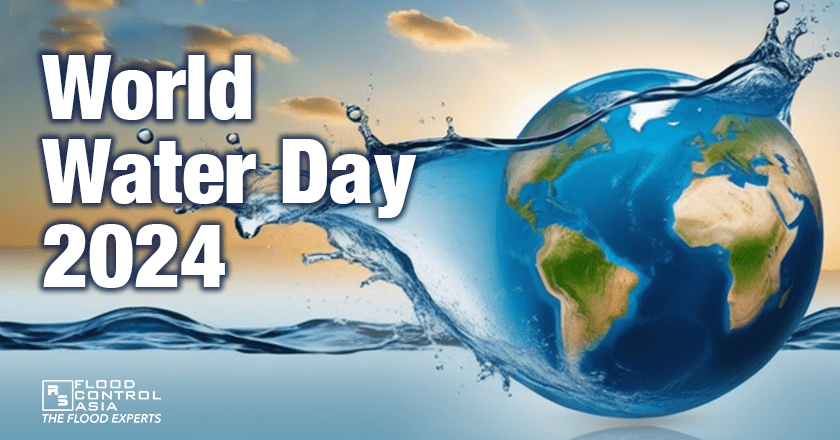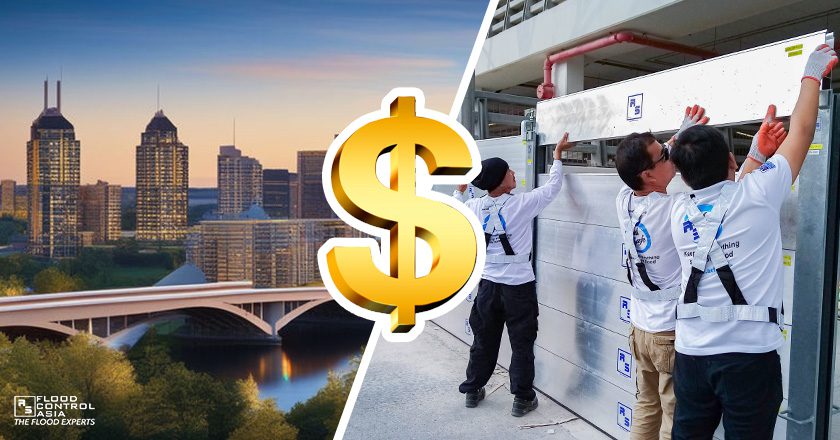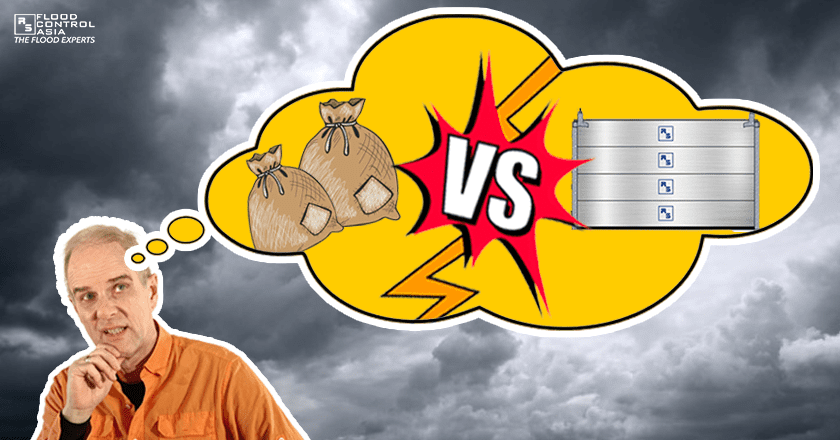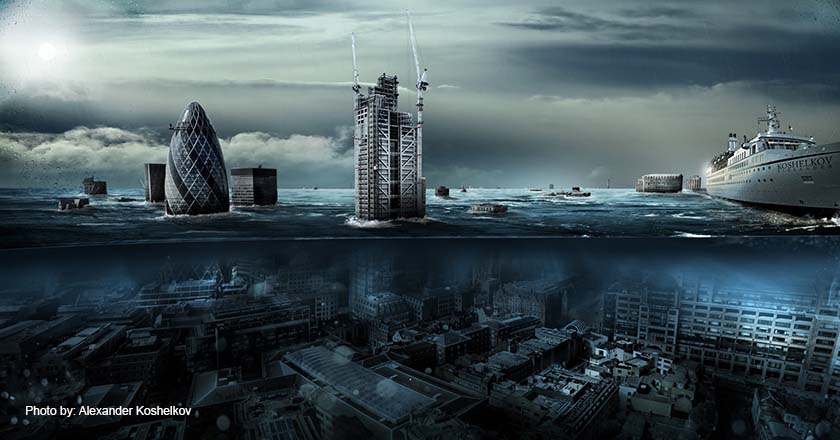Are Typhoons Slowing Down?
October 29, 2019 | Created by: Andreas Klippe | Comments
Climate change continues to alter weather systems in ways we did not expect.
In a study conducted in 2018, James Kossin of the US National Oceanic and Atmospheric Administration (NOAA) Center for Weather and Climate analyzed 70 years’ worth of meteorological and atmospheric records. He found out that tropical cyclones, which include typhoons and hurricanes, have slowed down by up to 9% and increased rainfall by 24%.
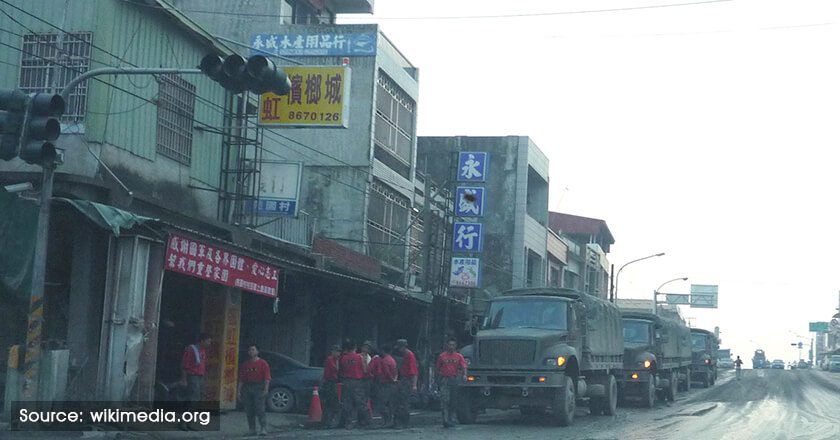
Tropical cyclones slowing down might sound good at first, but Kossin’s findings definitely do not bode well for typhoon- and hurricane-prone areas. Rather than the usual wind speed weather reports refer to, the study pertains to the movement of the storms. These slow-moving storms cause more structural damage and drop more rain causing floods. To add to this, tropical cyclone paths are usually dotted with economically-poor areas populated by shoddy, makeshift homes, inadequate sewage systems, and poor infrastructure in general.
According to the study, high ocean temperatures caused by climate change produce more water vapor. This increase gives more fuel to the fire, or in this case, more rain for the storm. Warmer global temperatures also slow down winds. Tropical cyclones are conventionally pushed to their next destination by global winds but with weaker winds pushing them, typhoons and hurricanes linger. This effect is compounded overland, where winds become even slower.

2017’s Hurricane Harvey is used as a prime example in Kossin’s study. Harvey passed the Carribean in normal fashion but lingered in the states of Texas and Louisiana. Although the hurricane passed by land in South America, Harvey made its second landfall in the US mainland where it was drastically slowed. By its end, Harvey dealt $125 million in damages mainly due to flooding.
Long-term city planning will have to consider these trends, Kossin said in an NPR interview. If these trends keep up, we may also need to adjust the way we build urban structures. Slow storms also expose buildings longer to high winds, extending the time they are at risk from structural damage.

Kossin’s colleague John Lanzante, however, refuted Kossin’s findings saying the results are inconclusive due to changes in storm tracking methods and natural variations in weather. More research is definitely needed for Kossin’s study. Both scientists agree that “…more research is needed to more deeply understand the behavior of hurricanes and tropical cyclones. And constructive, science-based debate can move the science community closer to the truth”.
It’s discoveries like these that really make us realize that small changes can have big results. More data and studies are still needed but whatever the result, there is no harm in being prepared. What do you feel about this discovery? Let us know on Facebook, Twitter, or email us! For more weather updates and info, sign up for the Flood Control Asia Newsletter



